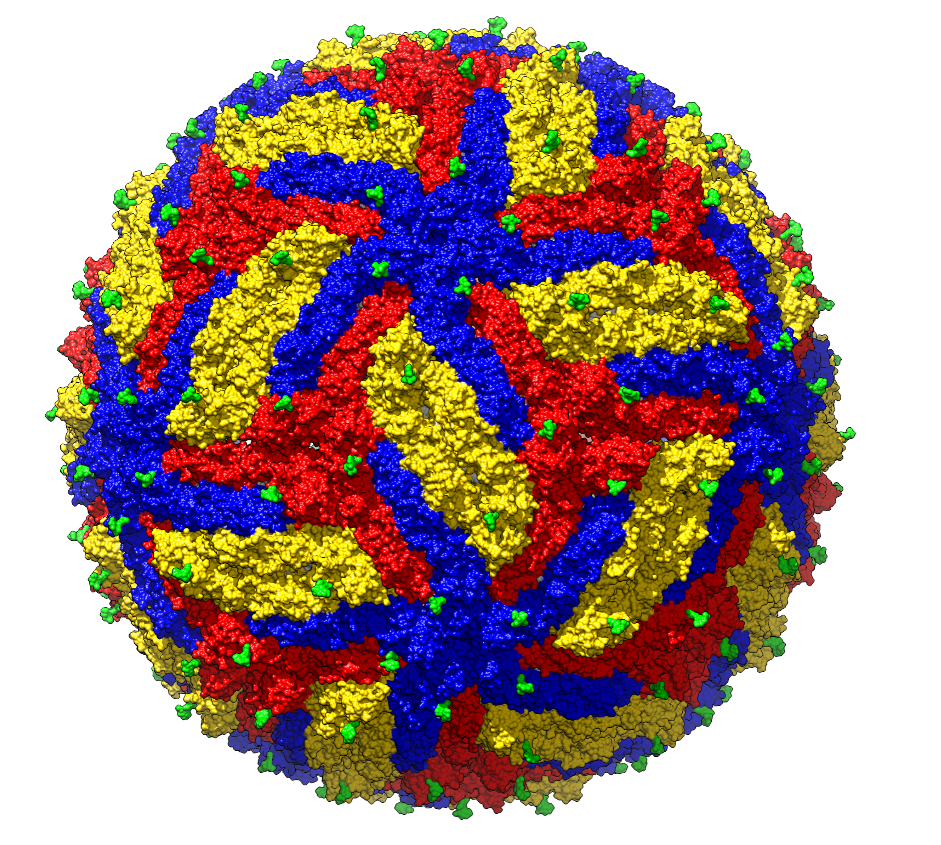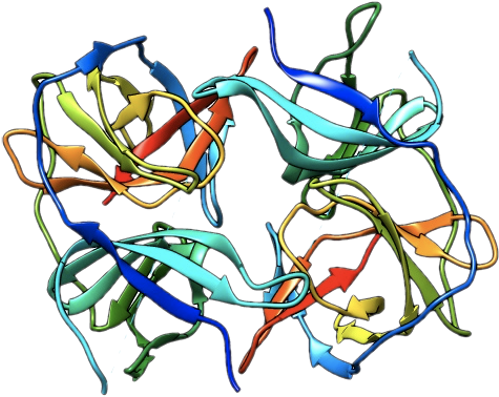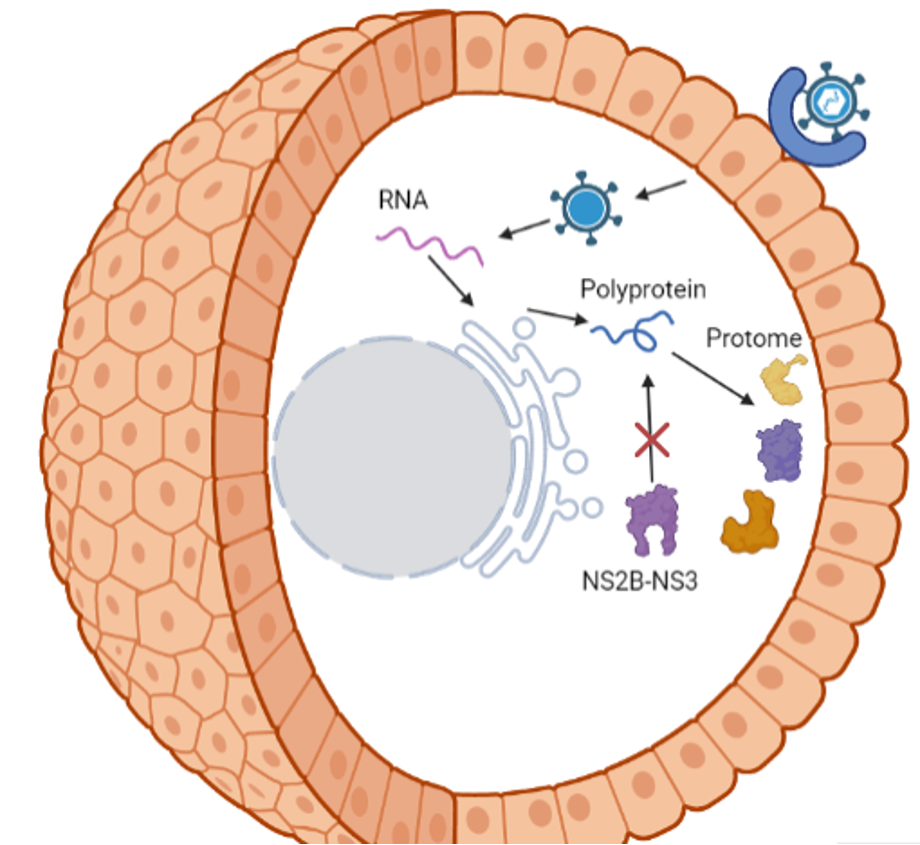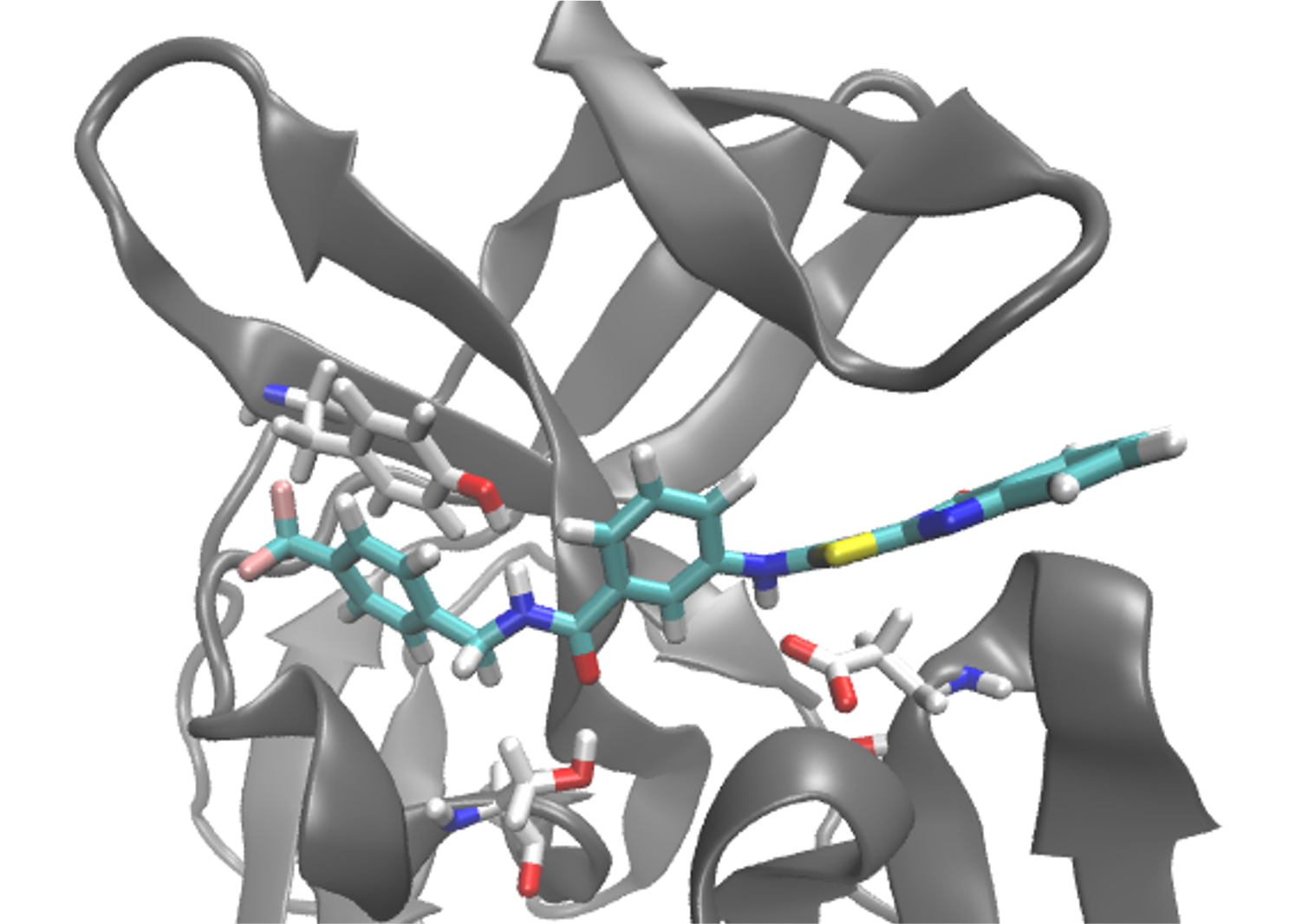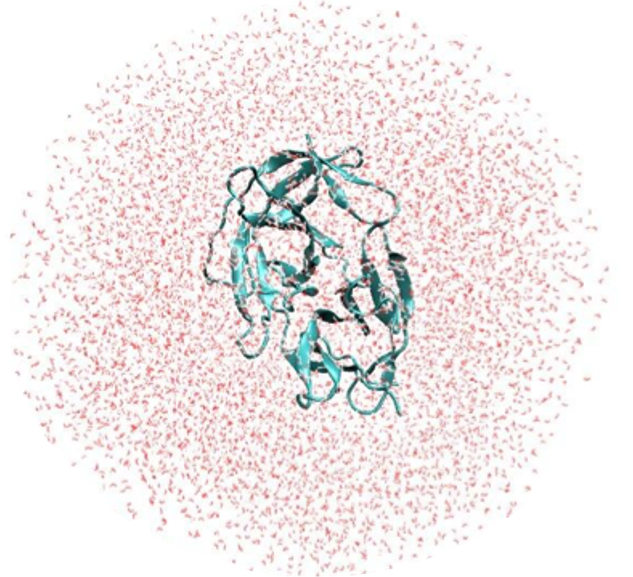Zika virus Protease Project
Harbored within the depths of Dr. Miller’s research lab lies the most awe-inspiring project that both fascinates and delights all who inquire of its details. Because of its gravity, only an elite core of students may join the ranks of those brave enough to attempt to unlock its secrets. I’m talking of course about codename Project ZIKA.
The year is 2007 and we find ourselves on the Island of Yap, a small and remote island
approximately 1,800 kilometers from the Pacific Coast of the Philippines. It’s a warm summer
day with a gentle ocean breeze blowing and people going about their daily activities. Our friend
comes up to us and asks if he could borrow our tissue, we oblige but notice his eyes are
bloodshot and he appears pale. After escorting him to the hospital we learn he has been infected
with the Zika virus. A horrifying discovery to say the least especially after learning there is no
cure. We send a letter to the world super power and warn them of an impending danger that
could be approaching their country.
Dear United States of America,
I am but humble fisherman on the Island of Yap, but I am writing to you requesting help in regards to a recent
outbreak that has taken over our little home. The single-stranded RNA flavivirus known as Zika has eaten
our children and killed our wives. We ask of you to please investigate a cure for this disease and save us.
Love,
The Citizens of Yap
The United States receives this letter and ignores it as their president is too invested in helping with Malaria in Africa and watching Bob Barker’s last episode of The Price Is Right. They would soon come to regret this decision, however, as a mere 9 years later large outbreaks in the united states were reported. Zika became the most important disease in the United States
overnight. There were countless news stories, pamphlets on reducing Zika transmission, and mass hysteria. And this was not unwarranted new studies showed the relationship between Zika and Guillain-Barré syndrome. The U.S. knew something had to be done, and fast so the president decided to visit an old friend who everyone had thought to be long retired.
(Exterior: Old farm with a rustic house and a large red barn. President Obama’s limo drives up to the house as it is juxtaposed against a tattered and broken wooden fence lining the driveway.)
(Obama gets out of his car and walks to the barn. He stands in the doorway as Dr. Miller bangs on an anvil in the center.)
Obama: “Dr. Miller, we need your assistance once again.”
(Dr. Miller pauses his hammering but does not turn around as he already knows who has come.)
Miller: “Dang it Barack, didn’t I say to leave me out of your wild goose chases.”
Obama: “Miller it’s serious this time, the country is in great danger and the most at-risk population are unborn children.”
Miller: “Barrack I’ve been out of the computational game for some time now, what makes you think I’ll come back now?”
Obama: “Because she would want you too.”
(Miller grasps a small locket around his neck. In one swift motion Miller whirls around and throws a dagger at Obama
that sticks in the doorframe 6 inches from his head.)
Miller: “Fine, I’ll help on two conditions. Never mention her again, and I am in control of everything. I don’t think I will win a pissing contest with a president with a superiority complex.”
Miller begins by returning to his alma mater and assembles the most academically gifted students the university has ever seen. He receives funding to set up his lab with the most sophisticated technology available and thus Project ZIKA was born. The project guidelines are as follows:
In order for the Zika virion to mature into its infective virus state it relies on the NS2B-NS3 protease to remove its capsid. The active site of the NS2B- NS3 protease contains three amino acids: serine, histidine, and aspartic acid. Using computational chemistry, Miller’s team will model interactions between this active site of the protease and millions of drug-like molecules. In these molecules the team will be looking for drug scaffoldings that could prove to be good inhibitors of the protease. As of today, they have completed screening on approximately 20 million molecules using molecular docking, and are now analyzing the most promising ligands. Using molecular dynamics as well as free energy calculations they can better assess a molecule’s binding affinity to the active site. This will, in theory, lead to a novel drug design that can treat those affected by Zika.
Current Members
Past Members
Lizzie Cremer, Collin Hansen, Pele Garrity, Chanz Silkey, Robert Campbell, Megan Kilian, Peter Windsor, Yu Xuan Lin
